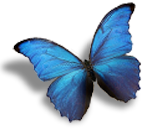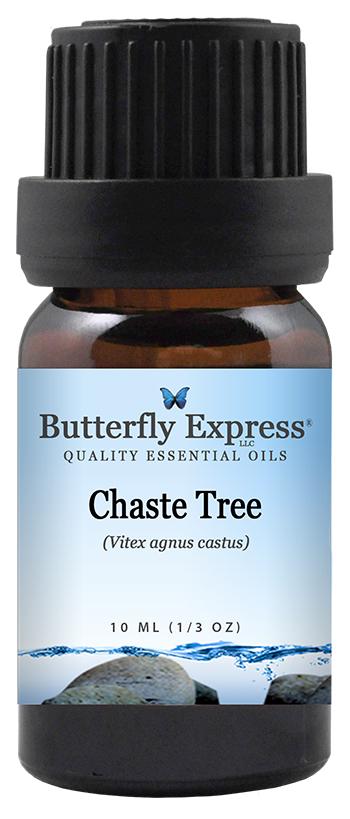Chaste Tree
(Vitex agnus castus)
INGREDIENT IN: LeBalance
AFFINITY FOR: female reproductive system, nervous system
RESONANCE: physical, emotional
PLANT FAMILY: Verbenaceae
PART UTILIZED: fruit, wildcrafted
EXTRACTION METHOD: steam distilled
APPLICATION: Chaste Tree should be diluted and applied to the abdomen or feet.
AROMATIC CONSIDERATIONS: Chaste Tree is not recommended for diffusion. This makes sense to me because when I am working with this essential oil I can feel the “hit” my hormones are taking. My husband has often remarked on similar sensations.
EMOTIONAL/SPIRITUAL/MENTAL/PHYSICAL ASPECTS: There is a lot of literature about the herbal uses for Chaste Tree, but very little documented usage of the essential oil. Claims have been made that Chaste Tree essential oil enhances the production of progesterone, bringing balance to female hormones. It may ease menstrual discomforts such as cramps, irritability, headaches, depression, and breast swelling. Chaste Tree also works well for reducing the symptoms of menopause. Preliminary trials suggest effectiveness in the treatment of infertility and irregular menstrual cycles.
Chaste Tree, in herbal form, is used for polycystic ovarian syndrome, uterine fibroids, infertility, and miscarriages due to luteal phase defects. (This type of miscarriage is described briefly on page 124.) Essential oils have the same therapeutic properties as the plants from which they are made. The therapeutic properties are more concentrated in the essential oil, often making them even more effective than in the herbal form.
GENERAL INFORMATION: The Vitex agnus castus variety of Chaste Tree is native to the Mediterranean area (Turkey), while Vitex negundo is found in Asia and Africa. Studies are being conducted at Ege University in Izmir, Turkey, on the use of Vitex oil for reversing the symptoms of Parkinson’s disease. In the book by Connie and Alan Higley, Reference Guide for Essential Oils, the Higleys seem to be indicating that the Vitex studied for Parkinson’s is Vitex negundo.
Vitex (both neguno and agnes) appears to be a natural source of L-dopa. L-dopa stimulates production of the neuro-transmitter L-dopamine in the brain. The lack of L-dopamine production is a factor in Parkinson’s disease. Several Vitex varieties are now being looked at around the world as natural sources of L-dopa. The essential oils of both plants contain sesquiterpenes. Sesquiterpenes cross the blood/brain barrier, carrying the L-dopa and other therapeutic properties of the essential oil along with them.
The synthetic pharmaceutical products currently in use cannot do this, which makes them very ineffective. Not being able to get medications to cross the blood/brain barrier has been frustrating the medical community for years. Perhaps, natural substances will prove their superiority in medical applications once again.
CAUTIONS: Chaste Tree is strongly contra-indicated for pregnancy, except possibly to prevent early miscarriage in women with problems in the luteal phase of the pregnancy (mentioned above). There is just not enough information or studies done on this topic, yet—that I can find. It is well known, however, that Chaste Tree has a dramatic effect on hormones. That is enough of a reason to leave this essential oil completely alone during a pregnancy.
©Copyright Butterfly Expressions 2020, 2021

